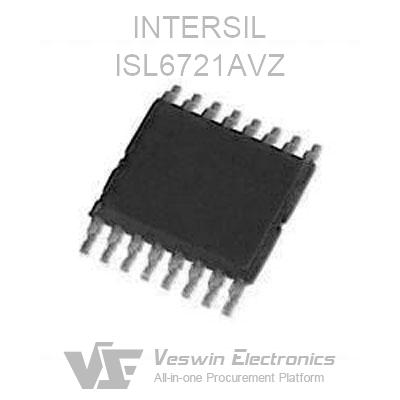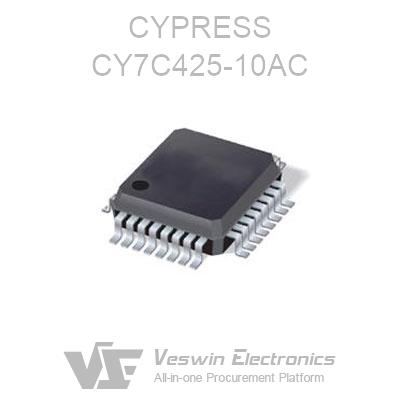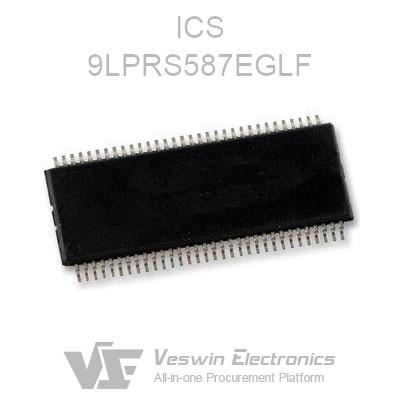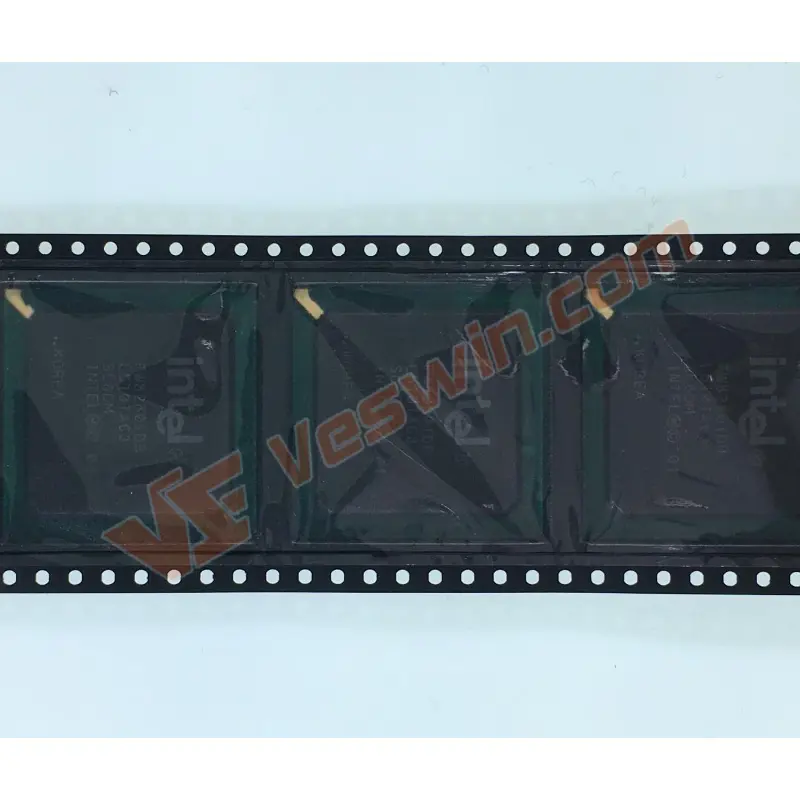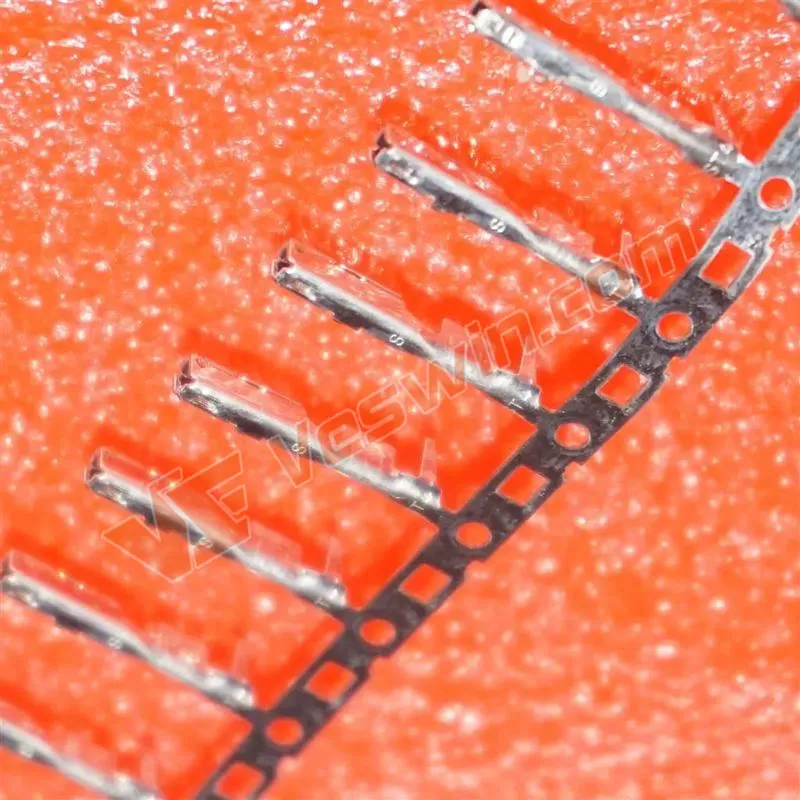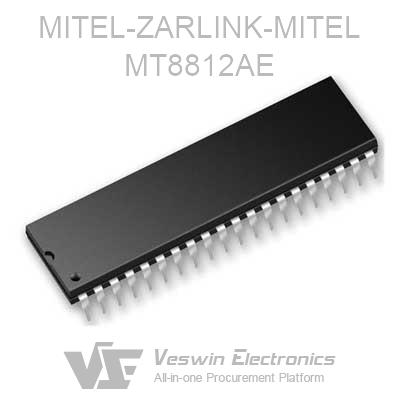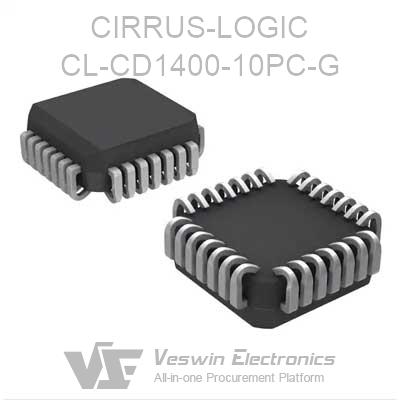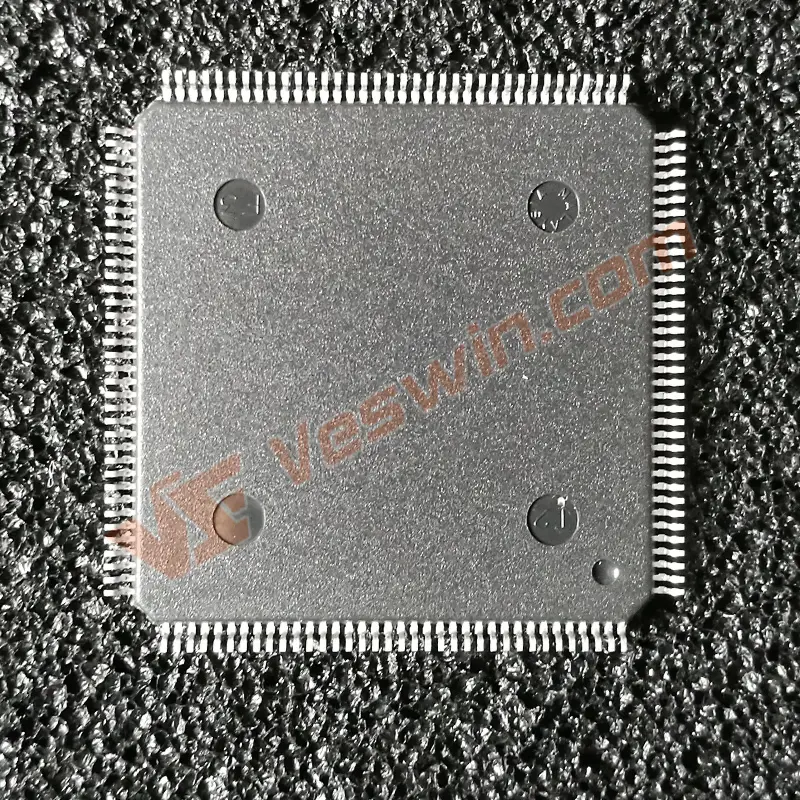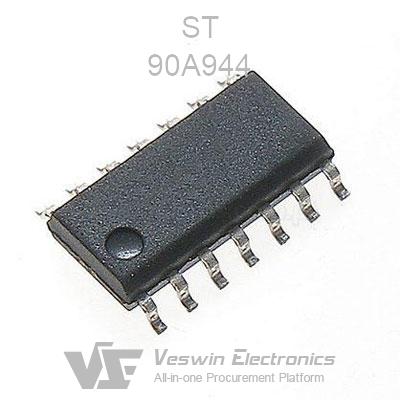As a global leader in the semiconductor industry, Infineon continues to grow steadily with innovation, ranking first in the global power semiconductor industry and second in the automotive electronics and smart card IC market. In 2016, Infineon's overall revenue was approximately 6.5 billion euros and the profit margin was 15.2%. Among them, the Power Management and Diversified Markets Division (PMM) revenue increased to 2 billion euros, with a compound annual growth rate of 9.4%.
At the recent media meeting, Pan Dawei, vice president of Greater China, Power Management and Diversified Markets Division of Infineon, said that Infineon has four major business divisions, of which PMM business accounted for 31% of overall revenue. Among the other three businesses, the automotive electronics division accounted for 41%, the industrial power control division accounted for 17% of global business, and the smart card and security division accounted for 11%. Undoubtedly, the PMM business is a very important part of Infineon's overall business. At present, the PMM business unit focuses on three areas of high-speed data, human-computer interaction and energy efficiency. In these three fields, Infineon has corresponding products and solutions. Focus on these three areas, what is the layout of Infineon? Come and hear what Infineon said.
The 5G wave swept through, how does Infineon's semiconductor technology work?
Yan Xin, senior manager of Greater China, Infineon Power Management and Diversified Markets Division, pointed out that the future 5G is a high-speed, Internet-connected scene. Traditional 3G and 4G are through base stations, and 5G is in addition to traditional macro-cell base stations. In the case of large-scale MIMO, this architecture will be more and more. There are also small cells, mainly high frequency hotspot coverage. In addition, in addition to the traditional two-antenna, four-antenna, eight-antenna, multi-antenna (64 antenna, 128 antenna, 256 antenna, etc.) technology will also appear. In addition, there is fixed wireless access. Among them, the fastest 5G application is NB-IoT. In the future, smart homes, smart cars, industrial 4.0 and smart street lights will all be connected to the 5G network.
With the advent of the 5G era, first of all, the number of Internet devices will increase greatly. Seven people around the world have access to 5G networks. Secondly, applications such as smart industry and smart driving require ultra-short delays – 1/50 of 4G networks, which is 3 times faster than blinking. The third is ultra-high bandwidth, which is 2,500 times faster than the LTE download speed. It can download a high-definition movie in one second, which requires bandwidth to reach 25Gbps. "This requires 5G compatibility in three areas: large-scale Internet of Things, mission-critical data transmission and enhanced mobile broadband." Yan Xin said.
According to reports, Infineon's extensive semiconductor technology portfolio covers all 5G network application scenarios for next-generation macrocell base stations, small cells, backhaul links and end-user devices, including massive MIMO. Yan Xin said that Infineon's semiconductor technology portfolio includes: 1) Silicon germanium, which has been shipped on a large scale and shipped over 20 million; 2) traditional LDMOS, laterally extended metal oxide semiconductor amplifier tubes; Silicon-based GaN, currently Infineon is developing silicon-based GaN in Europe for RF applications; 4) SiC-based GaN, in addition to LDMOS, SiC-GaN is a major customer in the world. Five or six, large mainstream customers have achieved mass production; 6) RF CMOS / SOI.
“Since 4G, Infineon has accumulated a wealth of system expertise based on good customer relationships.” Yan Xin said, first, Infineon has the industry's first packaged millimeter-wave transceiver; integrated broadband LDMOS and GaN Doherty amplifier. Second, there are millimeter-wave sensors and advanced millimeter-wave RF and RF front-end solutions for the 24-100 GHz frequency range. In addition, there are innovative phase shifting techniques that use beamforming architectures.
In terms of 5G base station products, Infineon offers a wide range of high-stability, high-efficiency broadband silicon nitride RF power tubes and a highly integrated RF front-end amplifier module. In addition, Infineon also offers high-precision equipment front-end modules. This module mainly supports macro cells, small cells and multiple inputs and multiple outputs. It is a multi-chip component module product. The first product is 3.5GHz and will be available at the end of this year. Yan Xin emphasized that this market has large customers and is closely cooperating with R&D. Therefore, Infineon is characterized by close cooperation with customers and joint research and development to provide more advantageous, high-quality, customized products. Applied to 5G base stations.
Continuously enhance the leading edge of power management power semiconductors
In terms of energy efficiency, Infineon has leading high performance MOSFETs and digital power ICs, GaN/Sic devices. Chen Qingyuan, Senior Marketing Manager, Greater China, Infineon Power Management and Diversified Markets Division, said that from 2006 to 2016, global electricity consumption increased by 30%, which further increased the burden on the earth. Therefore, improving energy efficiency is As a matter of urgency, Infineon Power Management Power Semiconductor helps to slow global warming.
From 5W to 65W, 5W to 150W, and even a few kilowatts, Infineon offers a range of power management products. At present, Infineon is the market leader in power tools, communication power supplies, servers and charging stations. "In the communication power market, customers have already achieved 98% energy efficiency with Infineon's devices. Next we hope to achieve 99% energy efficiency." Chen Qingyuan said that Infineon's active components on the server power supply The coverage rate reaches 80-90%, which is why Infineon can help customers to achieve the highest power efficiency, reduce losses and reduce the consumption of resources on the earth.
For the charging pile market, Chen Qingyuan revealed that CoolMOSTM CFD7 products will be launched in the future to improve efficiency and optimize prices. "The price of a new generation of products will be more competitive than the older generation." Chen Qingyuan said. "In terms of power management efficiency, the past is to understand the equipment-level requirements. Now it is to understand the power requirements. In the future, we need to understand the needs of the entire system and data center to achieve improved power management efficiency and save power." Chen Qingyuan said, for example, In data centers with large power consumption, thousands and tens of thousands of data machines and servers work at the same time. Whether it is power conversion or emphasis on air conditioner cooling on the data machine, the cost of electricity is always a big deal. Overhead. By using Infineon's power management solution, the data center can save about 25% of power consumption every year, saving at least several million electricity bills a year.
It is worth mentioning that Infineon is the world's first power semiconductor company that successfully manufactures 300mm (12-inch) thin wafers from silicon materials, and uses 12-inch wafers as a power semiconductor manufacturer. Only Infineon is the world's one. . According to Chen Qingyuan, the advantages brought by this manufacturing process are as follows: First, its unit output is 1.5 times more than that of 8-inch (200 mm) wafers; second, cost control, 300 mm wafer front end Manufacturing unit costs are more competitive than 200mm wafers; third, Infineon continues to invest to support customer and market needs.
Innovative sensor technology Millimeter wave radar has broad application prospects
The main components of human-computer interaction provided by Infineon include silicon-based microphones, pressure sensors, optical sensors and environmental sensors. In addition, there are millimeter wave radars.
Infineon has introduced a sensor for carbon dioxide with adsorption and sound and light alarms. In terms of MEMS microphones, Infineon has been developed for more than a decade with high signal-to-noise ratio and sensitivity. The pressure sensor is mainly used to detect changes in the air pressure value. Infineon's optical sensors primarily use optical waveform conversion to detect human motion, heartbeat or blood oxygen sensing. Currently, these four different sensor applications have their own focus. Mai Zhengqi said that the pressure sensor Infineon is currently used mainly in the following areas: one is used in drones as a stable aircraft and height detection; the other is used in the field of health and sports to detect heat loss, and exercise and Activity tracking; third, for navigation, including outdoor 3D, indoor navigation, and weather prediction and storm warning; Fourth, for gesture detection, through gesture changes to help some handheld products to do simple gesture recognition.
"Infineon's MEMS microphones have a large market share in smartphones and wireless headsets, providing very clear, distortion-free sound quality. The broader application is in the Internet of Things. A relatively new application is in In beamforming, multiple microphones are used to detect the source and direction of the sound.” Mai Zhengqi introduced some application scenarios of his MEMS microphone.
As for environmental sensors, mainly including gas sensors and optical sensors, the former can be used in air conditioning equipment to help energy-saving equipment, and for indoor air quality monitoring. Optical sensors, currently Infineon is mainly used to monitor heart rate or blood oxygen on smart devices, and can also do some simple gesture recognition.
In addition to sensor products, Mai Zhengqi focused on Infineon's 24GHz millimeter wave radar and 60GHz millimeter wave radar. At present, Infineon not only extends the application range of 24GHz millimeter wave technology to automotive applications, but also extends to industrial applications.
At present, Infineon's 24GHz millimeter wave radar is mainly used in cars to achieve Rear cross traffic allert, Blind spot detection and Lane change assistance. Used in the industrial market, there are four major application scenarios: some motion detection, lighting sensing and monitoring security in building automation and smart home; anti-collision, landing sensing and altitude control on drones; collision detection on robots, For example, in the automated production process of the robot, the millimeter-wave radar can detect the position of the object to avoid collisions, such as collision detection of the sweeping robot; and intelligent lighting, including indoor lighting and outdoor lighting, by using millimeter waves. The radar can sense the movement of the human body or the vehicle to control the light, darkness, switching, and monitoring of the light.
In addition, Infineon also introduced its 60GHz radar application. On May 30, 2015, Project Soli's gesture recognition function, which was unveiled at the Google I/O Developers Conference, was the result of cooperation between Infineon and Google. Infineon provided hardware and Google developed software and algorithms. According to Mai Zhengqi, Infineon and Google's Advanced Technology and Projects (ATAP) team have jointly developed a radar-based sensing solution IC for use in the wearables, Internet of Things and automotive markets. In 2017, Infineon began to optimize the second-generation microwave antenna integrated radar gesture recognition sensor IC - Soli-C. Mai Zhengqi revealed that the third-generation Soli-C product set will integrate the antenna into it, making it easier for engineers to develop.
Hot News
